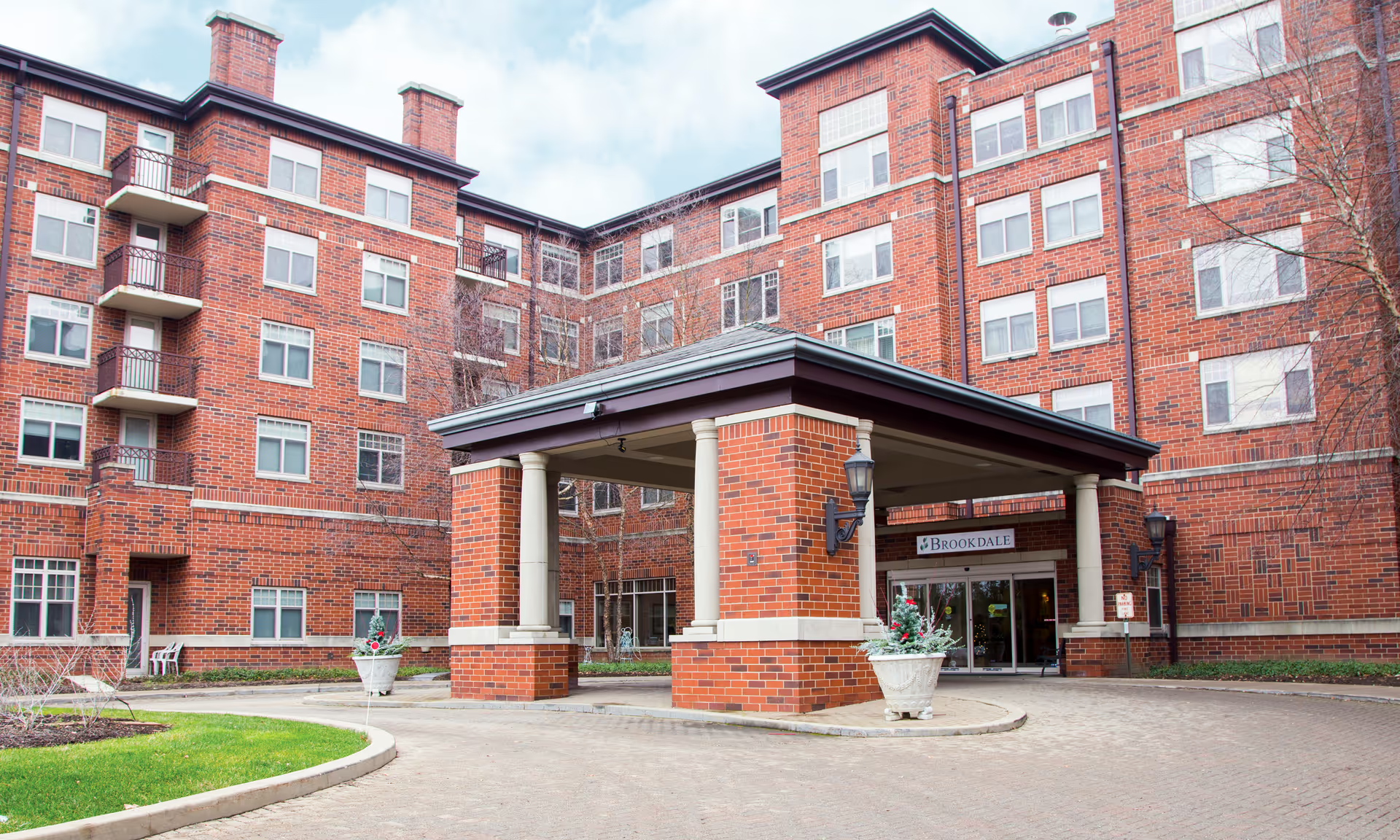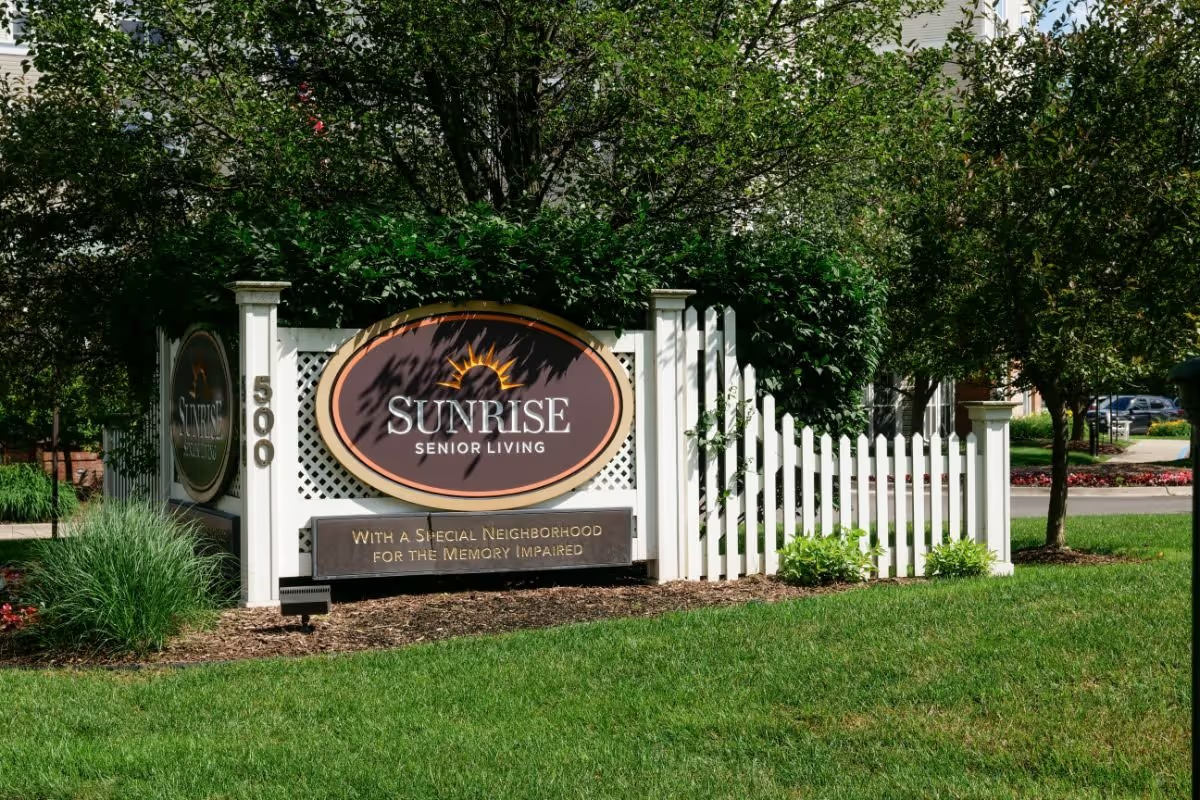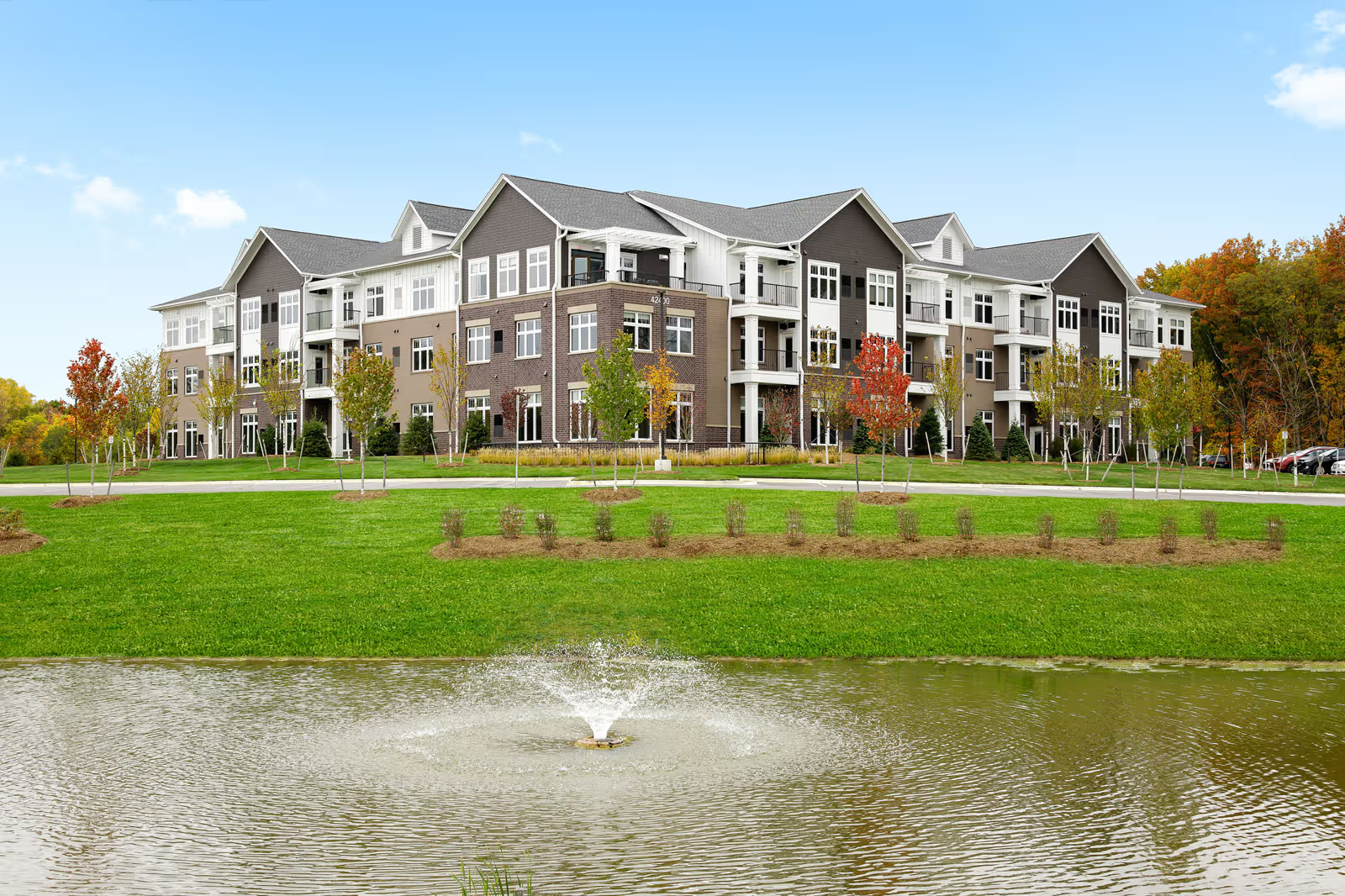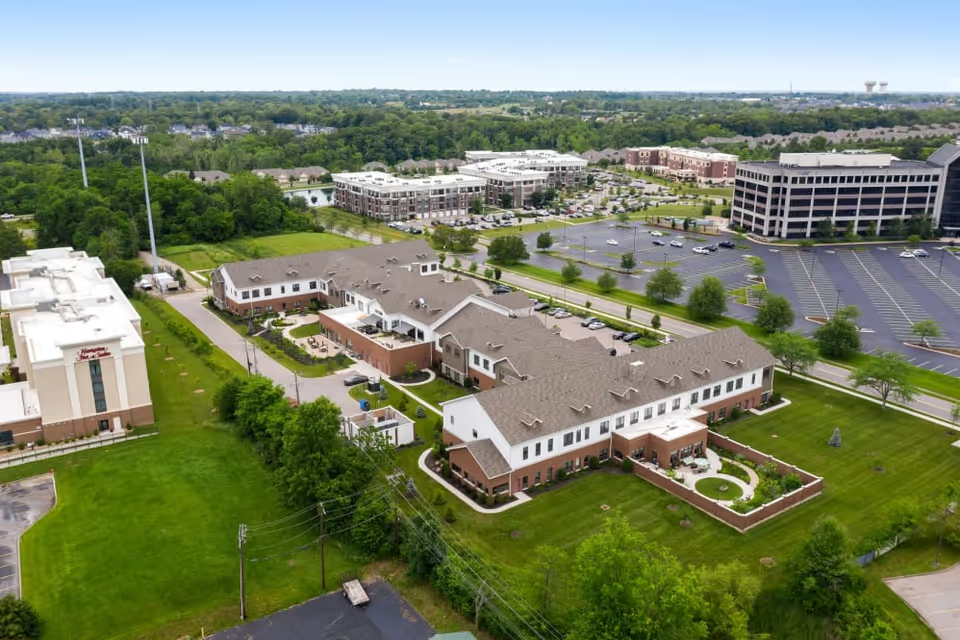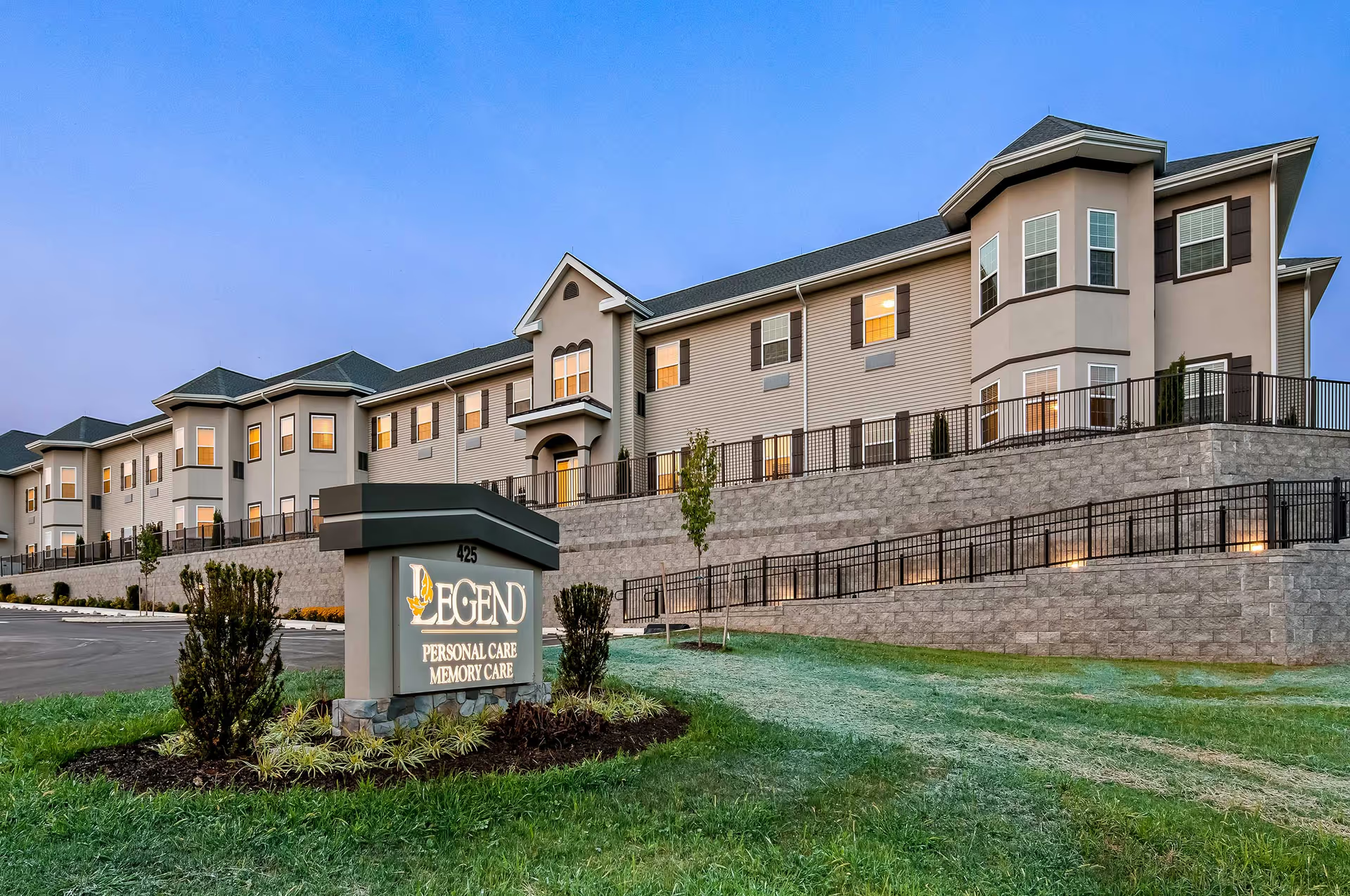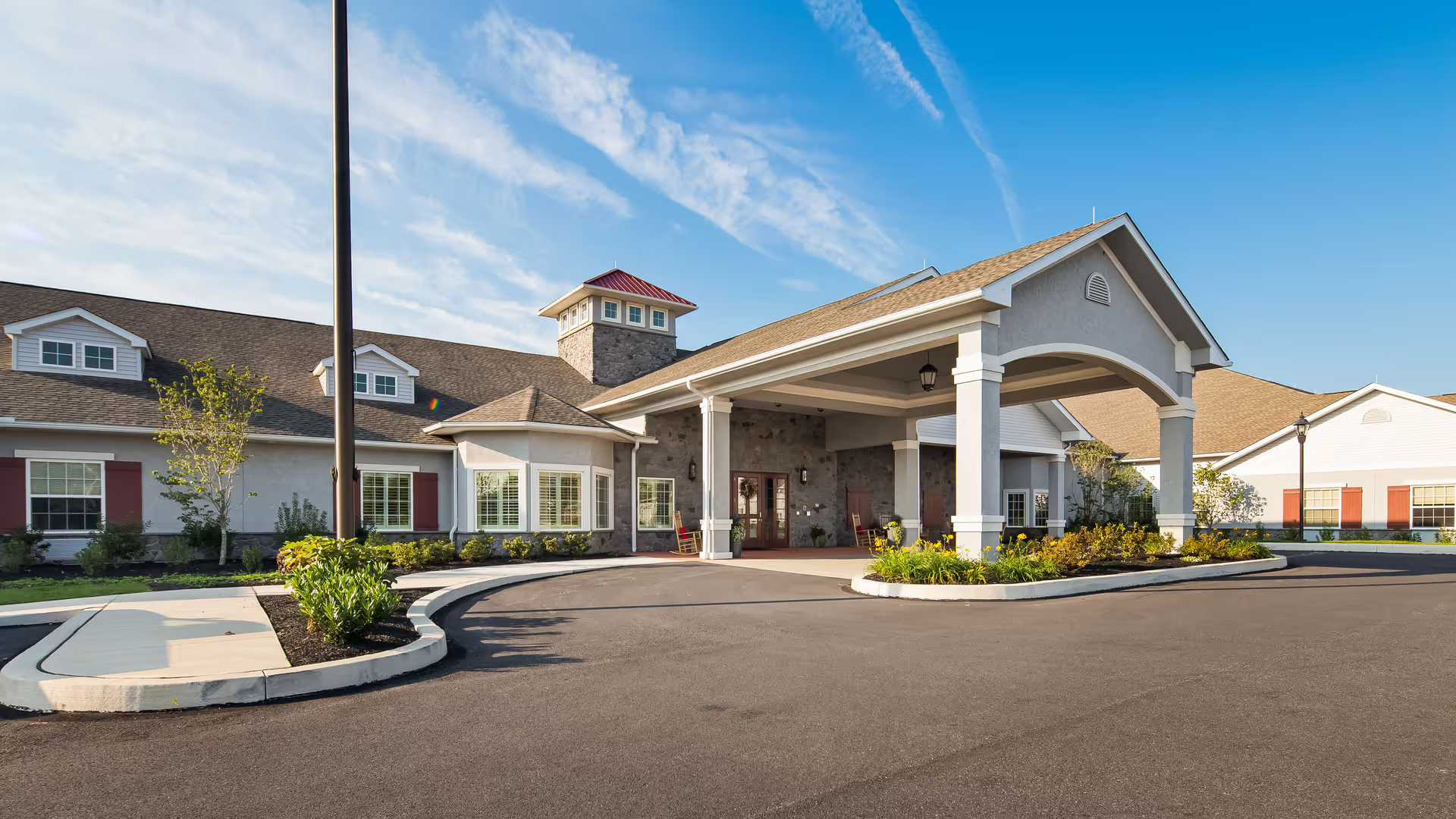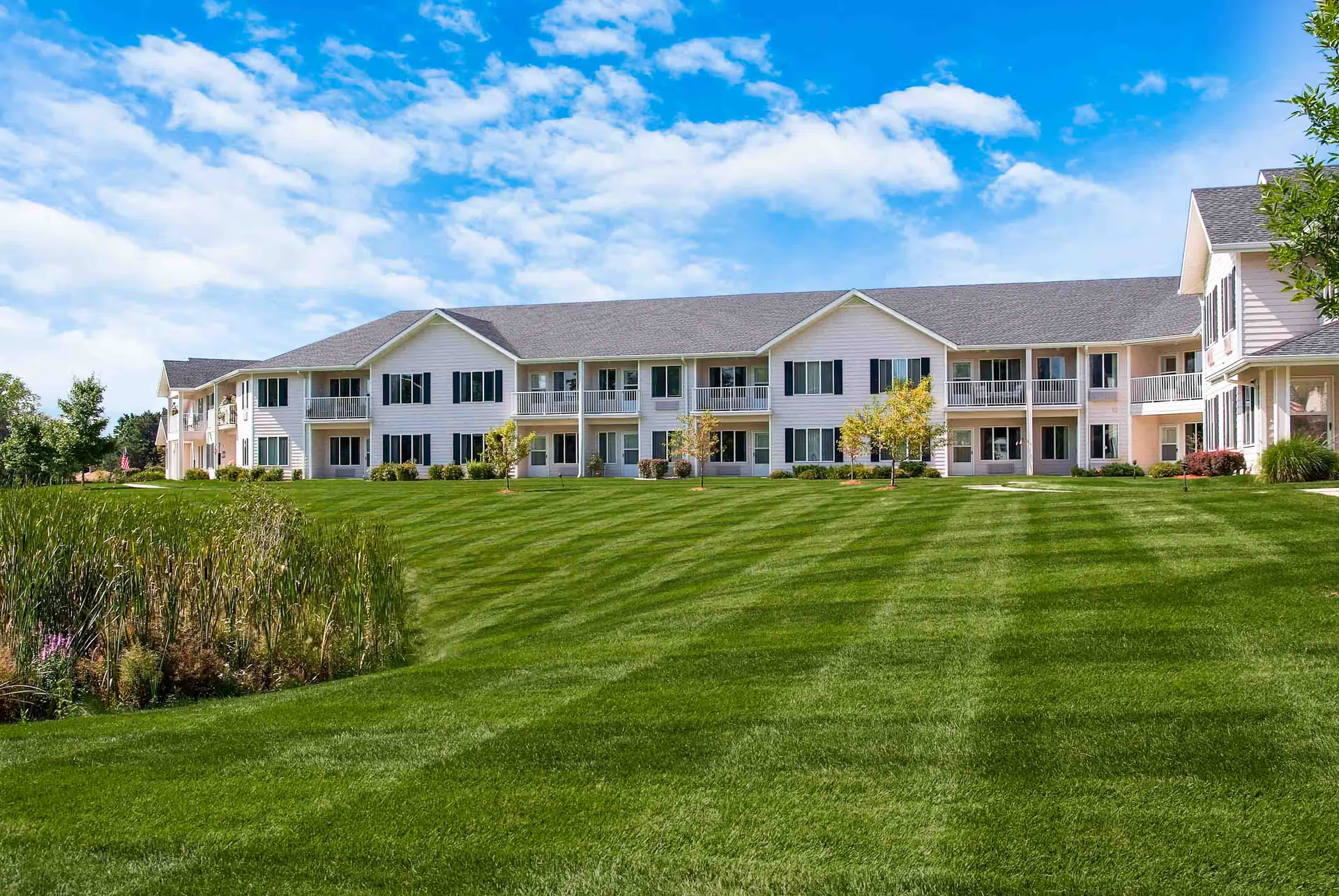Overall sentiment in the reviews of Copeland Oaks is predominantly positive, with many reviewers emphasizing that the community offers a wide array of services, amenities, and social opportunities that make it feel like a full-service, small-town campus rather than a conventional institutional setting. Reviewers repeatedly praise the grounds — landscaped areas, lakes, ponds, walking paths, benches, and scenic verandas — and describe the campus as attractive, rural, and relaxing. The size and scope of the community (including multiple dining venues, auditoriums, a chapel, library, art and woodworking studios, and an indoor/heated pool) support a varied lifestyle with many options for entertainment, exercise, and cultural programming. Many residents and families say the move was the "best decision" and that the environment helps keep residents active, socially engaged, and more independent than a typical nursing-home atmosphere.
Care quality and the range of care levels are recurring strengths in the reviews. Copeland Oaks offers tiered levels of care with a strong medical wing and staged transition from independent living to assisted and skilled nursing, which reassures families that changing care needs can be managed on campus. Several reviewers specifically note excellent nursing rooms and strong, knowledgeable staff who provide compassionate care. Maintenance responsiveness and move-in readiness for villas and apartments are highlighted, along with the convenience of on-site services (medical center, post office, bank, mini grocery, thrift and gift shops) that reduce the need to travel off campus.
Staffing is a mixed theme. Many reviewers describe staff as friendly, professional, and caring — from dining servers to administrative team members — and commend proactive outreach during the touring and move-in process. However, there are notable reports of inconsistent staff performance: some younger or newer assistants received criticism for rough handling or unhelpfulness, and some families reported instances where health concerns were not handled to their satisfaction (including a denial of wheelchair assistance in one account). There are also mentions of perceived staff cuts or understaffing that may affect service responsiveness in certain situations. These inconsistencies suggest that while the majority of interactions are positive, prospective residents should ask specific questions about staffing levels and protocols for assistance.
Dining and food service receive mostly favorable comments — many reviews praise flavorful meals, varied selections, and professional presentation (linen tablecloths and napkins were mentioned). The community has multiple dining venues and even its own restaurant, and reviewers note opportunities for social dining (lunch/dinner buddies). That said, a minority of reviews describe a perceived decline in food quality over time or complaints being ignored by management, with isolated reports that some residents ended up preparing their own meals. These differing accounts suggest generally solid dining but with occasional quality or management follow-up issues.
Activities and social life are clear strengths. There is a broad and active calendar that includes card games, quilting, puzzle clubs, bingo, shuffleboard, dance, music programs, speakers, plays, bus trips, and special outings (for example, Christmas trips). Reviewers cite arts programming, exercise classes, and hobby-specific spaces (woodworking, art studios) as major positives that foster friendships and engagement. Some reviewers did note that assisted living units seemed to have fewer activities compared with the independent-living population, so activity availability may depend on the care level and unit.
Facility condition and layout present some trade-offs. Many reviewers praise cleanliness, well-kept grounds, and tasteful public spaces. Villas and larger apartments are described as spacious and attractive — some with basements and sunrooms — and many residents appreciate not having to manage home maintenance. Conversely, the property’s large size can cause confusion: visitors and new residents reported getting lost, and some units (particularly certain assisted-living rooms) were described as small or claustrophobic. Parts of the campus show an older aesthetic and need cosmetic updates (paint touch-ups and redecorating are ongoing in places), which may not align with every family's preferences. The community’s rural location is valued for tranquility and a small-town feel, but it also means longer drives for relatives and may be considered remote by some.
Management and communication show both strengths and areas for caution. Several reviewers were impressed with informative tours, staged transition programs, proactive outreach, and the availability of multiple care levels. At the same time, a few longstanding residents reported that management did not adequately address complaints about declining services. The reviews suggest prospective residents and families should clarify exactly which services are included at each care level, ask about response time for health-related requests (including mobility assistance), and confirm how dining and activity programming is handled for assisted-living versus independent residents.
In summary, Copeland Oaks is frequently described as a beautiful, activity-rich community with comprehensive on-site services and a strong medical and support structure. It tends to deliver a home-like, socially engaging environment that many residents and families find reassuring and life-improving. The primary caveats are occasional staff inconsistency, occasional service or management follow-up problems (especially around food quality or health-assistance requests), the sheer size of the campus which can be disorienting, some smaller unit sizes, and a rural location that may be inconvenient for some families. Prospective residents should tour multiple unit types, ask specific questions about assisted-living programming and staff-to-resident ratios, and verify what services are included to ensure the campus and care model fit their needs and expectations.
